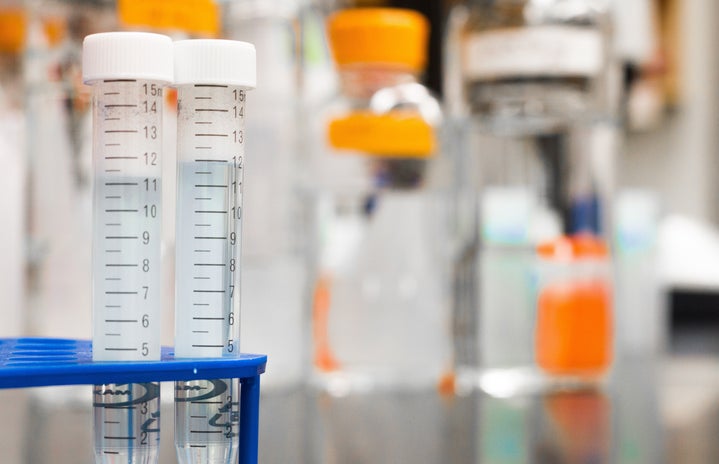Type 1 diabetes (T1D) is often surrounded by misconceptions that can impact the confidence of those living with the disease. Since my diagnosis at age 9, I’ve encountered questions like “Can you eat sugar?”, or “Is it contagious?” Whilst these inquiries come from a place of curiosity, they reveal a general lack of awareness about T1D. Addressing this gap in understanding is crucial, not only for dispelling myths but for supporting the confidence and well-being of those managing this lifelong condition.
What Type 1 Diabetes Really Means
T1D is an autoimmune disease in which the body attacks the insulin-producing cells in the pancreas. Unlike Type 2 diabetes, T1D isn’t connected to lifestyle choices. Its causes remain unknown, though genetics, illness and other factors are suspected. At the time of my diagnosis, limited knowledge and societal misconceptions made it feel like T1D was something to hide. By increasing awareness, we can create an environment that normalises the realities of the disease.
Recognising Key Symptoms and Risks of Diabetic Ketoacidosis
One of the most critical complications in T1D is Diabetic Ketoacidosis (DKA), which can occur when blood glucose levels are too high. Common symptoms include extreme thirst, fatigue, mood swings, and dramatic weight loss. Healthcare providers often use the “4 Ts”—Tiredness, Toilet (frequent urination), Thirst, and Thinner (weight loss)—to help identify DKA symptoms early on.
In my case, recognising these signs could have lessened the severity of my experience. 23% of children are diagnosed with Type 1 Diabetes in DKA. Understanding these indicators is essential not only for those with T1D but also for family members, teachers, and friends who might spot the warning signs in time, helping to lessen this statistic.
The Day-to-Day Reality: Managing Highs and Lows
Daily life with T1D involves monitoring blood glucose levels to avoid highs (hyperglycaemia) and lows (hypoglycaemia). High blood glucose can lead to thirst, blurred vision, and irritability, while lows might cause shaking, nausea, and fainting. I personally rely on glucose tablets or juice to manage lows, and insulin and exercise to stabilise highs. However, blood sugar management is deeply individual; strategies that work for one person might not work for another. Recognising the patterns and symptoms in yourself or someone you care for can create a safer, more supportive environment.
Living without limits alongside Type 1 Diabetes
Living with T1D requires balancing blood glucose management with everyday activities like studying, exercising, and socialising. Blood sugar levels outside the normal range can reduce brain function, impair physical performance, and make everyday life – like falling asleep or concentrating on tasks §- more challenging. However, with consistent management, it’s entirely possible to lead a full and fulfilling life. Having T1D doesn’t have to limit what you’re capable of—whether it’s hiking mountains, traveling, or indulging in as many sweet treats as you like.
Ultimately, a greater understanding and empathy can make a significant difference in people’s confidence and quality of life. With the right support, people with T1D can pursue their passions and thrive, proving that this condition is just one part of a much larger, fulfilling life.
Written by: Holly Hewins
Edited by: Lemara Spence

